My main reason for going back to Kuching while Eileen stayed in Singapore at Royce's hospital bedside was to keep Ryan from feeling neglected while everyone else's attention was focused on his younger brothers. It helped that both Ryan and I enjoy at least some of the same things, at least as far as getting out in nature is concerned.
Of course, every child enjoys a trip to the beach, so when I suggested, on September 21, 2014, that the two of us should take a trip to the Damai Beach Resort near Mount Santubong, Ryan did not object for a moment.
On the way down to the beach we were distracted by, among other things, a lovely male Blue Pansy (Junonia orithya)...
...a skink of sorts (identifyng most of the local skinks requires more expertise in lizardry than I possess)...
and Orthetrum sabina, one of the commonest of our local dragonflies.
Once we got to the water's edge, of course, Ryan headed down to enjoy himself...
...while I hunted around for things to photograph. Two small streams enter the sea on either side of the public beach, so there must be enough fresh water in the sand for butterflies like this Common Jay (Graphium doson) to puddle for mineral salts without being overwhelmed by sodium chloride.
The beach, I was delighted to find, was home to a most unusual dragonfly.
This was Macrodiplax cora, the Coastal Glider. There are only two species of Macrodiplax, one in each of the Old and New Worlds, and both are coastal specialists with an unusually high tolerance for brackish water. I had only seen it once before - but according to the standard reference, Orr's A Guide to the Dragonflies of Borneo, it is not supposed to be on Borneo at all. Orr is, unfortunately, out of date, and at the time I was assured by Borneo dragonfly expert Rory Dow that the species does, indeed, occur here. It seems to be in residence at Damai.
This is a female; the male has the yellowish ground colour replaced by red, but retains the diagnostic series of dark chevrons down the upper surface of the abdomen.
Once Ryan had finished exploring the beach, and I had finished photographing the Macrodiplax, we turned our attention to the stream on the southern side. Ryan is trying (without success) to catch some of the little fishes swarming in its lower reaches.
I had a bit more success with the camera, and was later able to identify these as young Crescent Perch (Terapon jarbua). Though this is a coastal marine fish, once its eggs (guarded and fanned by the male) hatch the juveniles, as here, congregate in the lower reaches of shallow coastal streams, where they are presumably safe from ocean predators.
On the way home, Ryan and I detoured to Kampung Bako for a look over the mudflats of Bako-Buntal Bay.
The bay is one of the important wintering grounds for the endangered Chinese Egret (Egretta eulophotes), and you can almost always expect to see a few of them off in the distance.
The mudflats at the edge of the kampung provide a very different habitat from the sandy beach at Damai, and as the tide was out Ryan and I had a chance to do some exploring.
Cerith snails are superabundant on the mud flats, and we found their dead shells lying about everywhere.
The most obvious creatures on the mud flats were male Fiddler Crabs (Uca sp.), challenging each other with waves of their enormous right claws.
The challenge consists of a beckoning gesture, but the intent is certainly not to welcome – at least as far as rival males are concerned. Things may be different if a female comes in view.
There are a number of species of fiddler crab in Sarawak, and I assume that these represent different ones (though I cannot say for certain).
Should the claw-waving challenge not be enough to repel a rival, the two males may come to blows. The altercation, though, does not seem to do either combatant a great deal of harm.




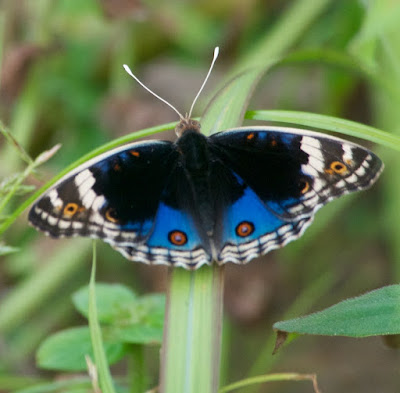





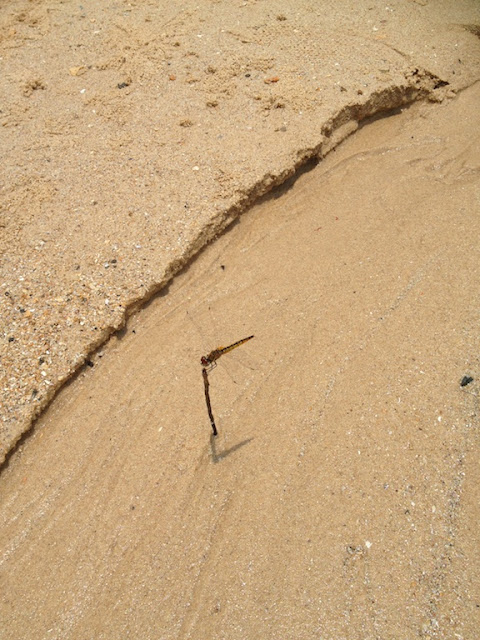
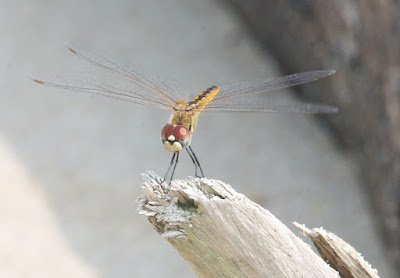



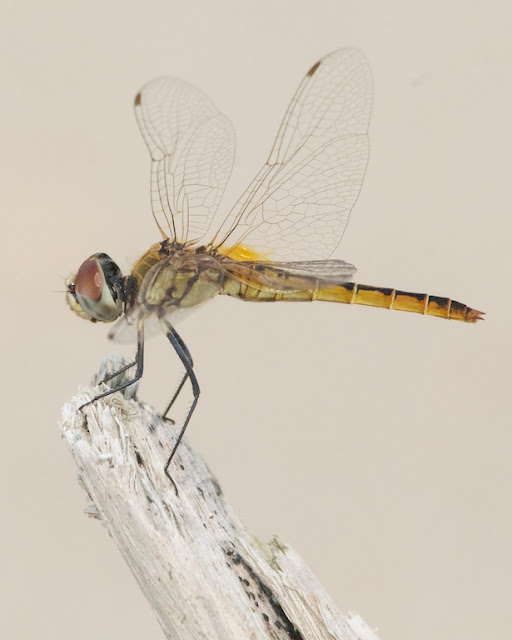









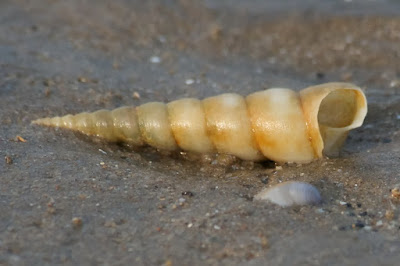








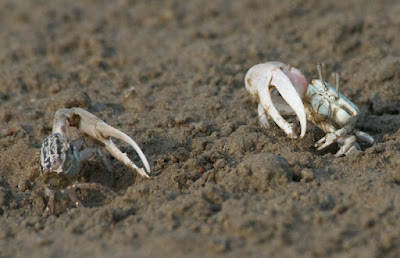


No comments:
Post a Comment